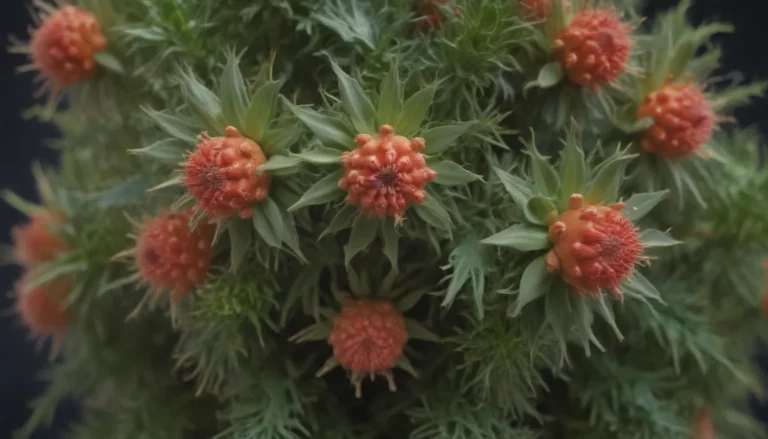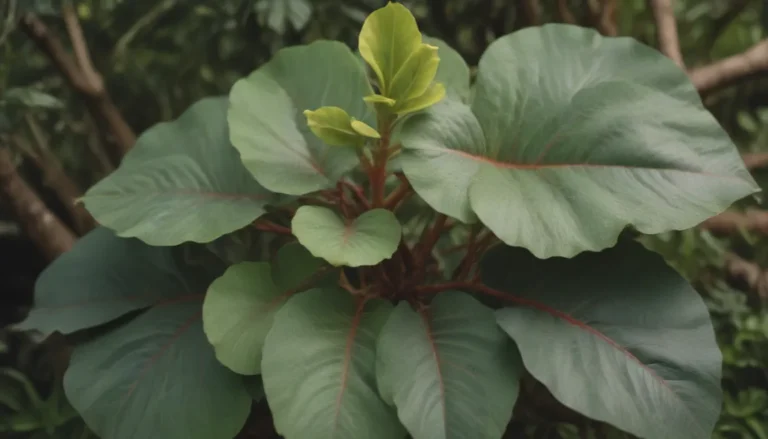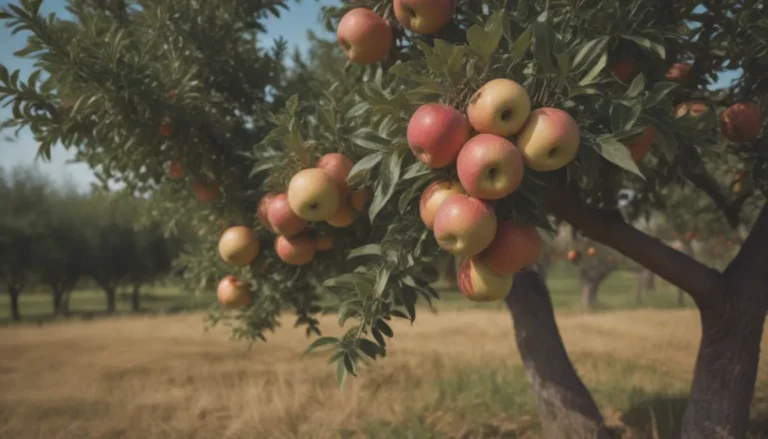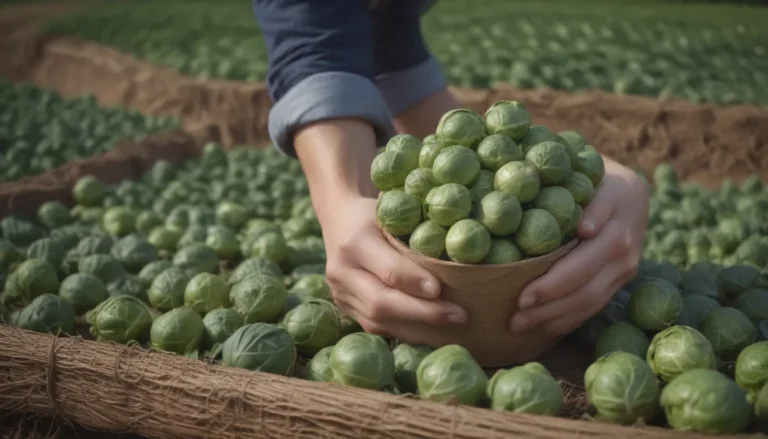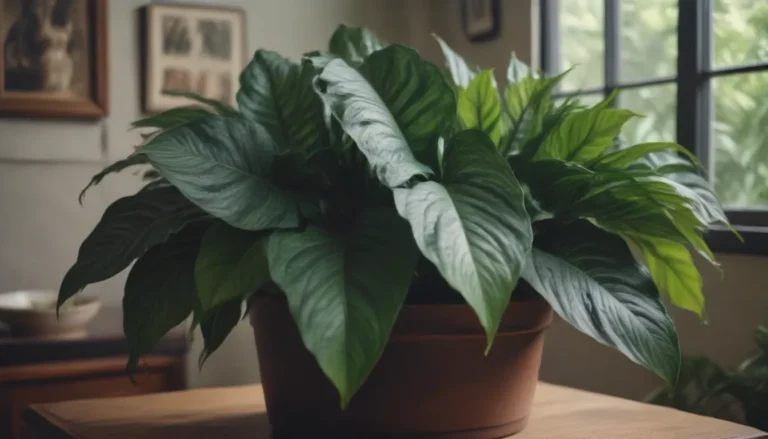Discover 9 Beautiful Spring-Flowering Trees and Shrubs for Your Garden
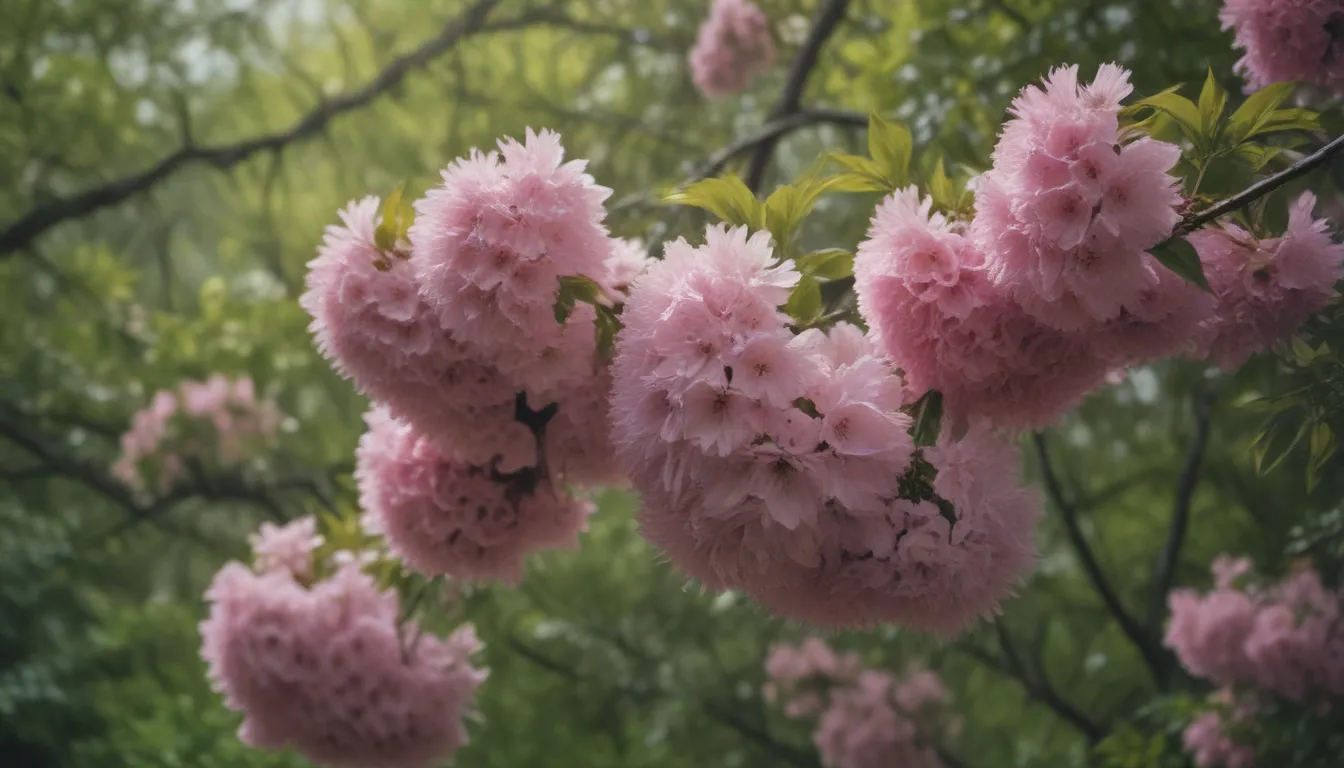
As winter fades away and the days start to grow longer, it’s not just bulbs that signal the arrival of spring. Flowering trees and shrubs burst into bloom, bringing color and life back to our gardens after the long, gray months of winter. Not only do these plants provide a stunning display of flowers, but many of them also offer additional benefits such as attracting wildlife with berries and providing colorful foliage in the fall. Some even go a step further by producing edible fruits. So, let’s take a closer look at some of the most exceptional spring-flowering trees and shrubs you can incorporate into your landscape!
What Makes a Great Spring Tree or Shrub?
Choosing the right spring-blooming tree or shrub for your garden involves considering a few key factors. While popular options like azaleas and rhododendrons are known for their spectacular spring blooms, they may not offer much interest once the flowering season is over. To create a well-rounded landscape, it’s essential to select plants that provide visual appeal beyond spring. Here are some criteria to keep in mind when choosing spring-flowering trees and shrubs:
- Look for varieties that bloom early (by early April) or late (late April to early May) to ensure a continuous display of flowers.
- Opt for plants that thrive in full sun, although some, like the flowering dogwood, do well in part shade.
- Consider the maintenance requirements of each plant to ensure they remain healthy and vibrant all year round.
Now, let’s explore some of the top picks for spring-flowering trees and shrubs that will add beauty and interest to your garden.
1. Flowering Dogwood (Cornus florida, Cornus kousa)
When it comes to spring-blooming trees, flowering dogwoods steal the show with their stunning blooms and unique branching patterns. Two main varieties, the American native flowering dogwood (Cornus florida) and the Japanese dogwood (Cornus kousa), stand out for their beauty and versatility. While ‘Cherokee Chief’ and ‘Rubra’ are popular choices of Cornus florida, Japanese dogwoods are prized for their disease resistance and slightly later blooming period. Flowering dogwoods are not only ornamental but also attract birds with their berries and offer colorful foliage in the fall.
Key Details:
– USDA Growing Zones: 5-9
– Color Varieties: White to pink
– Sun Exposure: Full sun to part shade
– Soil Needs: Medium moisture, well-drained soil
2. ‘Donald Wyman’ Crabapple (Malus ‘Donald Wyman’)
For a disease-resistant option that delights with its fragrant white blooms in April, ‘Donald Wyman’ crabapple is an excellent choice. This flowering tree features ornamental fruits that persist through winter, attracting wild birds well into late winter. While pruning in late winter is recommended to prevent fireblight infection, ‘Donald Wyman’ crabapple is a low-maintenance tree that thrives in various landscapes.
Key Details:
– USDA Growing Zones:
– Color Varieties:
– Sun Exposure:
– Soil Needs:
3. Flowering Quince (Chaenomeles speciosa)
The ‘Cameo’ variety of flowering quince is a compact, spreading shrub with apricot-colored blooms that make a statement in any garden. This thorny plant produces double peach flowers in March and April, followed by edible reddish-yellow quince berries in the fall. Regular pruning of root suckers is necessary to prevent this shrub from spreading uncontrollably.
Key Details:
– USDA Growing Zones:
– Color Varieties:
– Sun Exposure:
– Soil Needs:
4. Saucer Magnolia (Magnolia x soulangiana)
Known for its large, cup-shaped flowers in shades of rose and purple, saucer magnolia is a prized addition to any landscape. This tree blooms in March, adding a burst of color early in the season. While late spring frosts can be damaging, proper care can help the plant recover and thrive. Keep an eye out for common issues like scale, cankers, and fungal leaf spots to ensure the health of your saucer magnolia.
Key Details:
– USDA Growing Zones:
– Color Varieties:
– Sun Exposure:
– Soil Needs:
5. ‘Sunrise’ Forsythia (Forsythia x intermedia ‘Sunrise’)
Bringing a vibrant splash of yellow to the garden, ‘Sunrise’ forsythia is a compact, cold-resistant shrub that blooms in March and April. This versatile plant is ideal for hedges and boundary plantings, and its blooming stems can be brought indoors to brighten up your home. Pruning should be done in mid-July to ensure healthy growth and abundant blooms.
Key Details:
– USDA Growing Zones:
– Color Varieties:
– Sun Exposure:
– Soil Needs:
6. Eastern Redbud (Cercis canadensis)
With its graceful branches adorned with bright pinkish-purple flowers in April, Eastern redbud is a standout choice for any garden. This tree, which tolerates shade well, offers a unique flowering display that adds visual interest to the landscape. While the fall foliage is not highly prized, the stunning spring blooms more than make up for it. Keep an eye out for disease and insect problems, addressing them promptly to maintain the health of your Eastern redbud.
Key Details:
– USDA Growing Zones:
– Color Varieties:
– Sun Exposure:
– Soil Needs:
7. ‘Tor’ Spirea (Spiraea betulifolia ‘Tor’)
As a late bloomer with showy clusters of white flowers in mid- to late spring, ‘Tor’ spirea adds a touch of elegance to any garden. This compact shrub transitions from dark green leaves in summer to a striking red color in the fall, offering year-round interest. Ensure proper pruning in late winter or early spring to encourage new growth and abundant blooms.
Key Details:
– USDA Growing Zones:
– Color Varieties:
– Sun Exposure:
– Soil Needs:
8. Variegated Weigela (Weigela florida ‘Variegata’)
A classic favorite, variegated weigela offers not only a stunning spring flower show but also attractive green leaves bordered by creamy white. This compact shrub blooms from late spring into August, attracting hummingbirds with its pink blossoms. While it looks best with minimal pruning, cutting back after blooming can help maintain its shape and promote healthy growth.
Key Details:
– USDA Growing Zones:
– Color Varieties:
– Sun Exposure:
– Soil Needs:
9. Pussy Willow (Salix discolor)
Native to America, pussy willows are early bloomers known for their soft-textured catkins that appear in March to April. These wetland plants are ideal for areas with poor drainage, offering a unique texture and interest to any garden. To keep pussy willows in check, cut them back to the ground every three to five years and trim any female catkins to maintain their decorative appeal.
Key Details:
– USDA Growing Zones:
– Color Varieties:
– Sun Exposure:
– Soil Needs:
Landscaping Tips for Spring-Flowering Trees and Shrubs
To get the most out of your spring-flowering trees and shrubs in the landscape, here are some helpful tips to keep in mind:
- Follow proper pruning techniques to encourage healthy growth and abundant blooms.
- Monitor for common pests and diseases that may affect flowering trees and shrubs.
- Consider the specific soil and sun requirements of each plant to ensure optimal growth.
- Incorporate a mix of early and late bloomers for continuous color throughout the spring season.
In conclusion, adding spring-flowering trees and shrubs to your garden can transform it into a vibrant, colorful oasis that welcomes the arrival of warmer weather. Whether you choose the delicate blooms of flowering dogwoods or the bold colors of saucer magnolias, these plants are sure to brighten up your landscape and bring joy to your outdoor space. Happy gardening!
